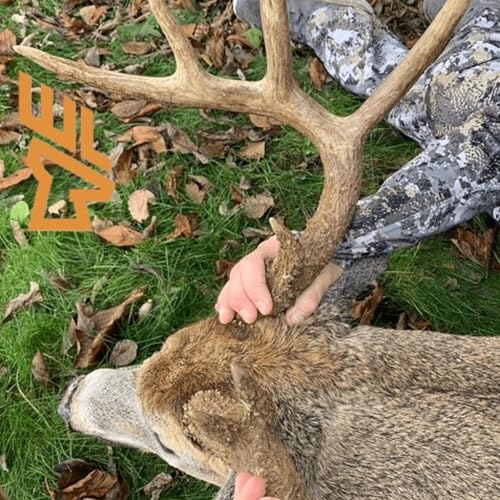In this episode of Maximize Your Hunt, Jon Teater and Jake Ehlinger (Habitat Solutions 360) reflect on his hunting season and discuss land management strategies with guest Jake Ehlinger (Habitat Solutions 360). They explore the importance of habitat improvement, food plot design, and the successful combination of crops to attract deer. The conversation also touches on the sale of chestnut trees and future plans for enhancing hunting properties. In this conversation, the speakers delve into the intricacies of creating effective food plots for deer hunting, emphasizing the importance of trial and error in no-till planting, the design of food plots, and the significance of late-season food sources. They discuss the nutritional value of various crops and the role of soil health and cover crops in enhancing growth and sustainability. The conversation highlights practical strategies for maximizing hunting success through thoughtful agricultural practices.
takeaways
- The podcast focuses on maximizing hunting properties.
- Jon reflects on his hunting season and shares insights.
- Chestnut trees are available for sale to create orchards.
- Jake Ehlinger shares his successful hunting strategies.
- Habitat management is crucial for attracting deer.
- Food plot design can significantly impact hunting success.
- Crop rotation helps maintain healthy food sources for deer.
- Combining soybeans and corn can optimize deer attraction.
- Strategic planting techniques enhance food plot effectiveness.
- Future plans include expanding tree sales and consulting services. Creating movement edges in food plots attracts deer.
- Trial and error is essential for successful planting.
- Designing food plots requires careful planning and measurement.
- Late season food sources are critical for deer nutrition.
- Nutritional value of crops influences deer attraction.
- Soil health is fundamental for crop success.
- Cover crops improve soil quality and moisture retention.
- Liquid fertilizers can enhance plant growth significantly.
- Understanding deer behavior aids in plot design.
- Monitoring soil health is crucial for long-term success.
Social Links
http://habitatsolutions360.com/
https://www.facebook.com/HabitatSolutions360
https://www.youtube.com/channel/UCetSptPTK0gmg0BE5oRnTTA
https://whitetaillandscapes.com/
https://www.facebook.com/whitetaillandscapes/
https://www.instagram.com/whitetail_landscapes/?hl=en
Tags: hunting, land management, habitat improvement, whitetail deer, food plots, crop rotation, hunting strategies, deer management, hunting success, wildlife habitat, food plots, deer hunting, no-till planting, soil health, cover crops, late season food sources, agricultural practices, wildlife management, hunting strategies, crop rotation
Hosted by Simplecast, an AdsWizz company. See pcm.adswizz.com for information about our collection and use of personal data for advertising.
 Dec 16 202542 min
Dec 16 202542 min 44 min
44 min 45 min
45 min 39 min
39 min 39 min
39 min 37 min
37 min Nov 4 202551 min
Nov 4 202551 min 55 min
55 min
